Using archival data from ESA’s XMM-Newton spacecraft and NASA’s Chandra X-ray observatory, astronomers have investigated one of gamma-ray radio-quiet pulsars
Continue reading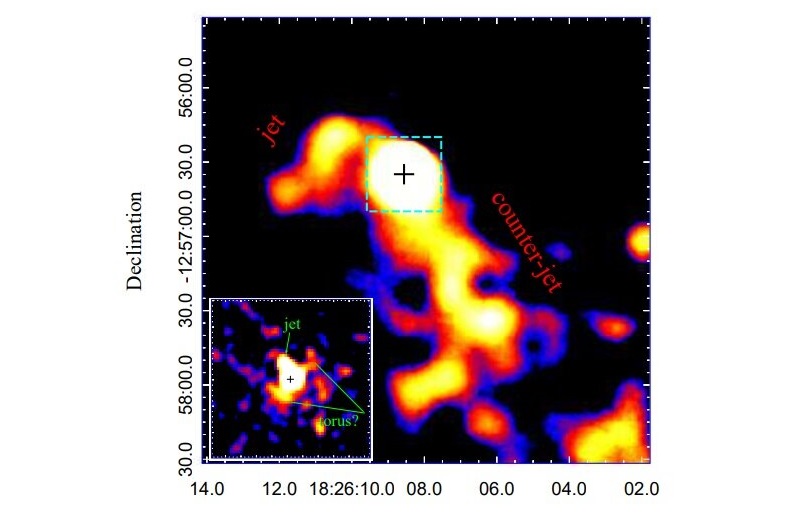

Using archival data from ESA’s XMM-Newton spacecraft and NASA’s Chandra X-ray observatory, astronomers have investigated one of gamma-ray radio-quiet pulsars
Continue reading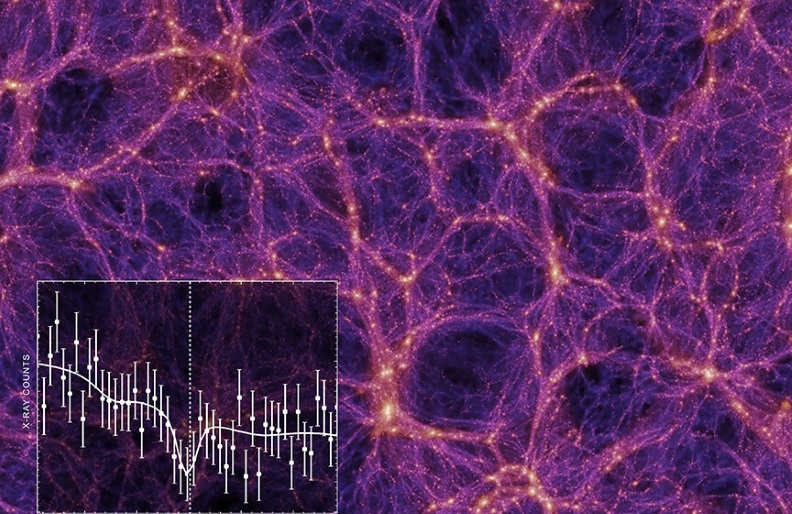
Astronomers have spent decades looking for something that sounds like it would be hard to miss: about a third of
Continue reading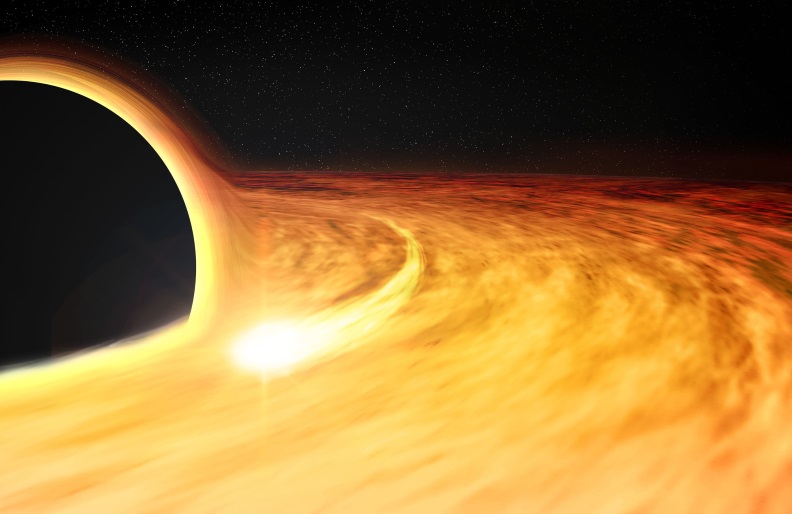
On Nov. 22, 2014, astronomers spotted a rare event in the night sky: A supermassive black hole at the center
Continue reading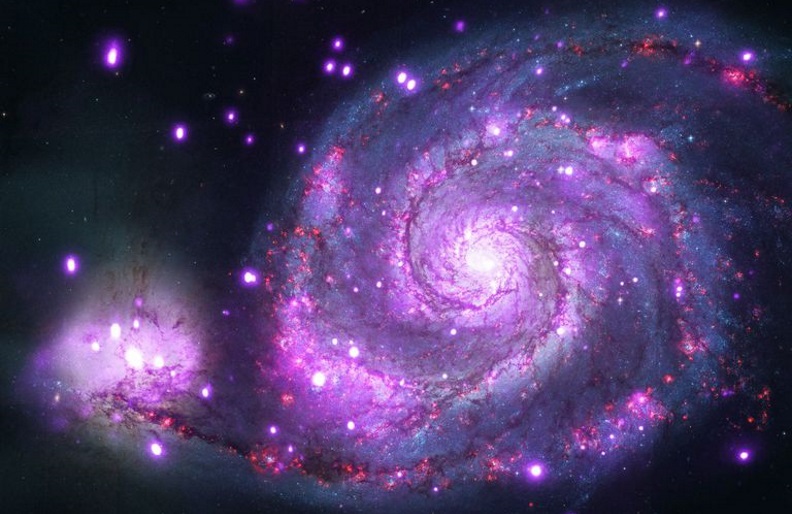
Astronomers have used data from NASA’s Chandra X-ray Observatory to capture a dramatic image of an enormous tail of hot
Continue reading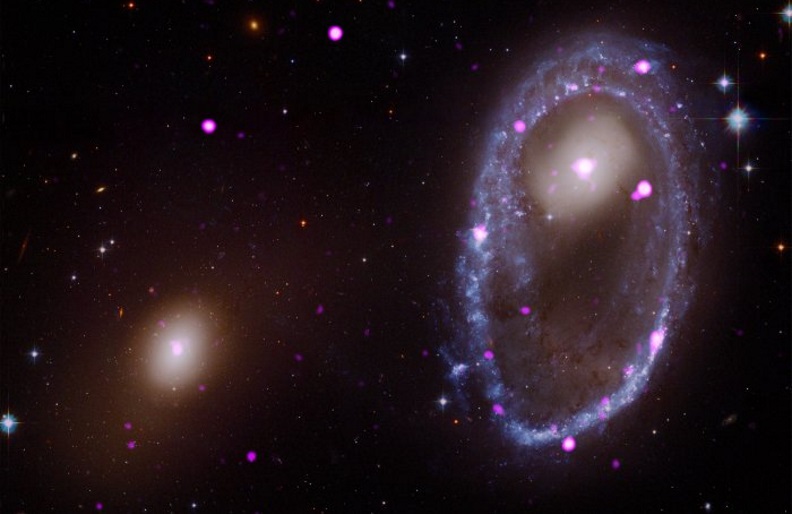
There are many strange galaxies out there in space, but about 300 million light-years away is one that’s really something.
Continue reading